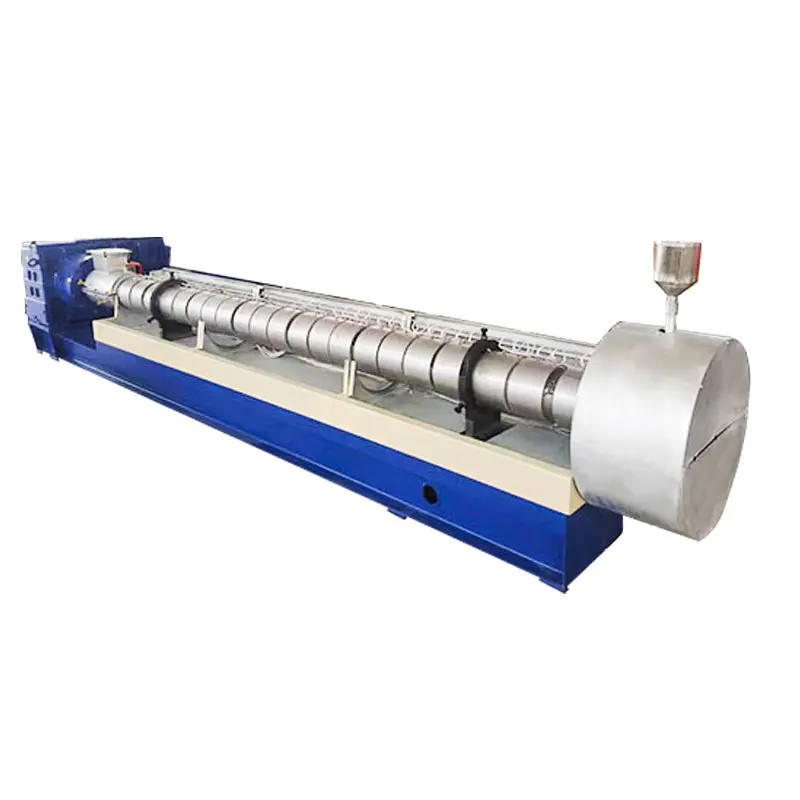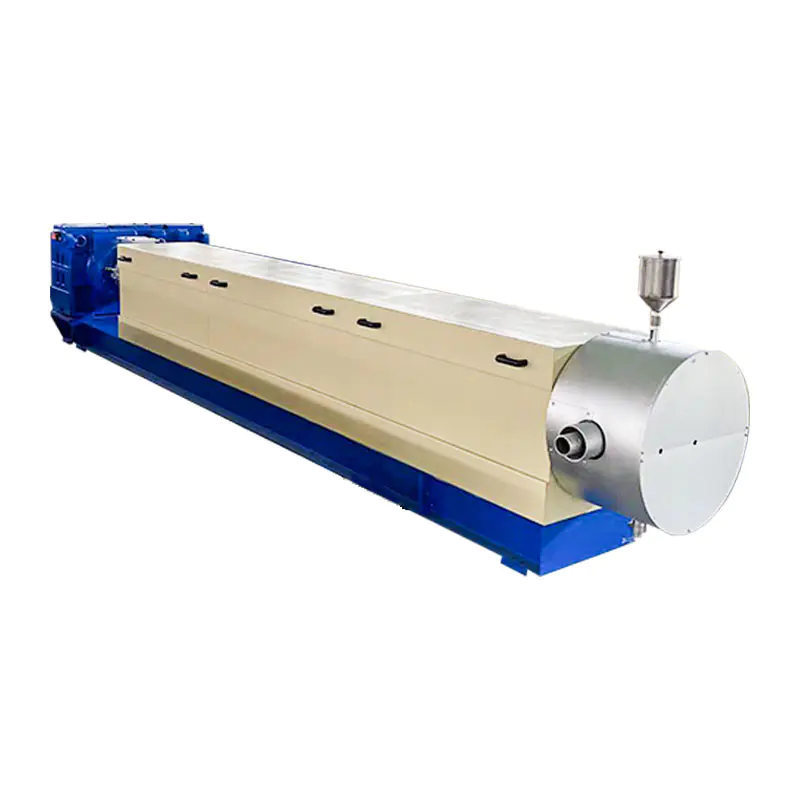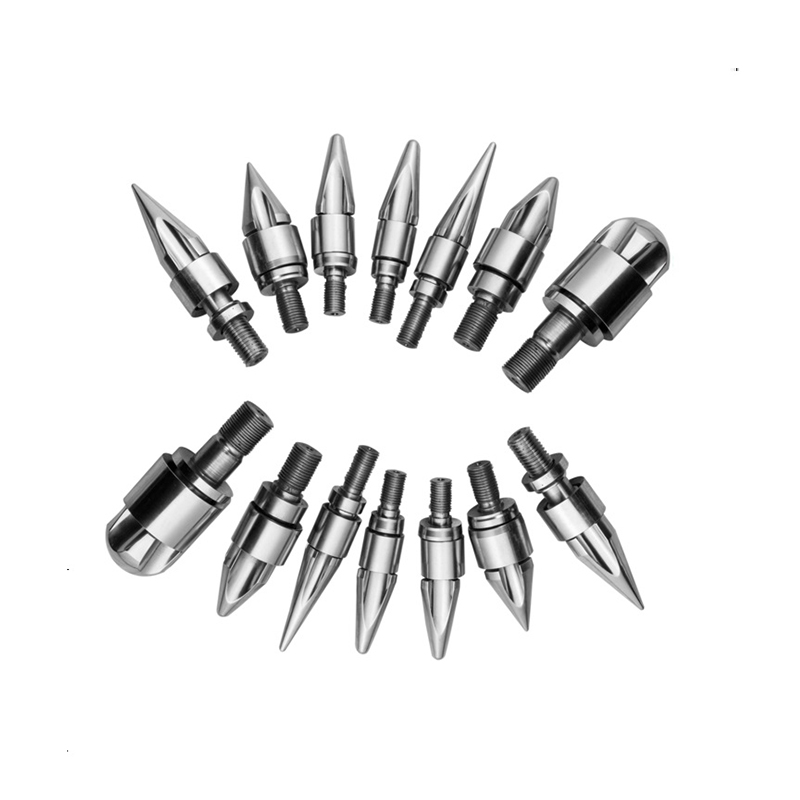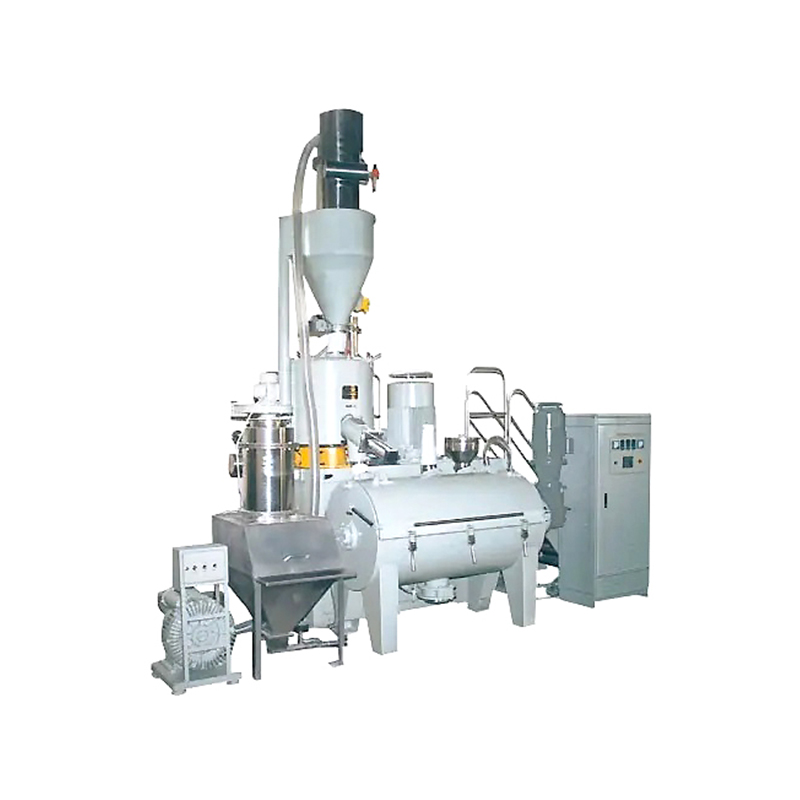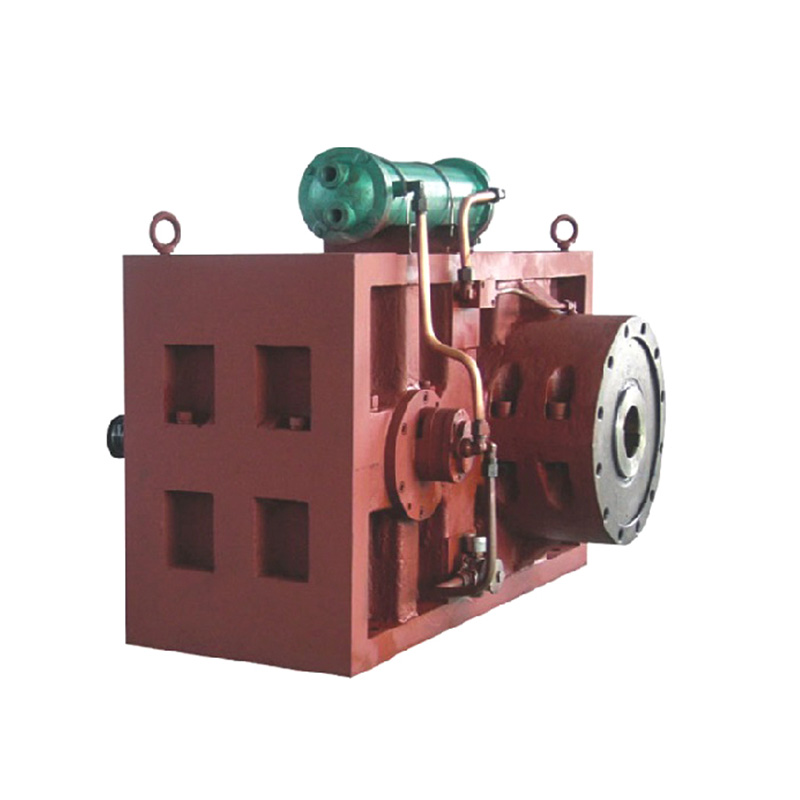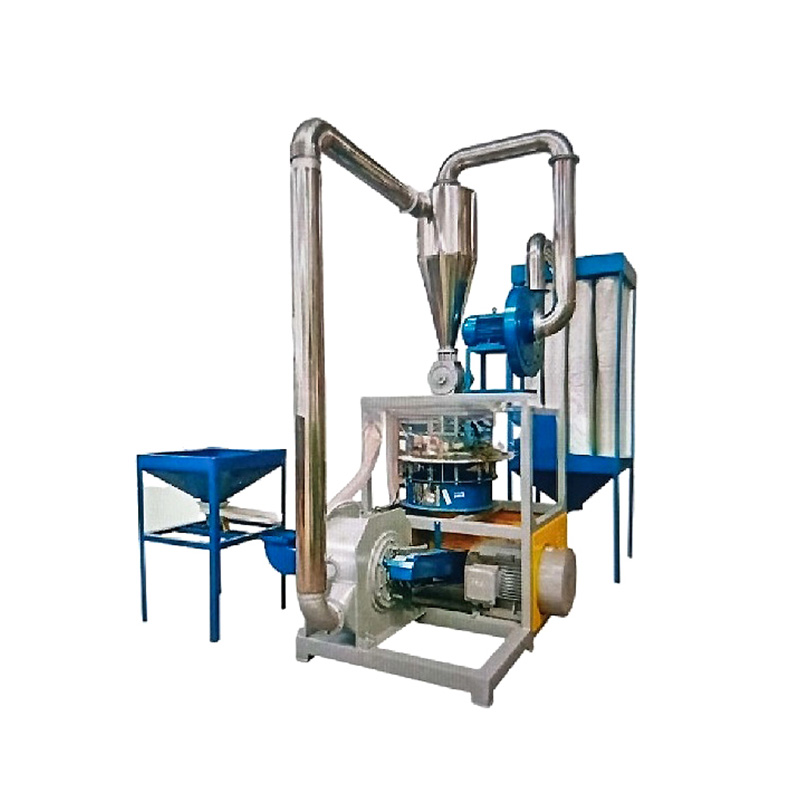The global push towards a circular economy has placed significant emphasis on plastic recycling. A critical stage in this process is the transformation of collected, cleaned, and flaked plastic back into a uniform raw material. This raises a central question for processors and recyclers: Can a standard Plastic Pelleting Machine effectively handle recycled plastic flakes? The answer is a qualified yes, but it necessitates a clear understanding of the machine's requirements and the unique properties of the recycled feedstock.
A Plastic Pelleting Machine, also commonly referred to as a pelletizer, is fundamentally designed to plasticize, homogenize, and form polymer melt into consistent pellets. While designed for virgin polymers, most modern machines are capable of processing recycled materials. However, the variability inherent in recycled flakes introduces several critical factors that must be addressed to ensure successful operation and high-quality pellet output.
Key Considerations for Processing Recycled Flakes
1. Material Characteristics:
Recycled plastic flakes differ substantially from virgin resin. Key variations include:
Moisture Content: Flakes often retain moisture from the washing process. Excess water can lead to steam bubbles in the melt, causing porous, low-quality pellets and potential degradation in polymers like PET and PLA. A pre-processing drying stage is often essential.
Contamination: Despite best efforts, micro-contaminants or incompatible polymer types may be present. These can affect the melt homogeneity and final pellet quality. In-line filtration systems within the Plastic Pelleting Machine are crucial to capture these particles.
Bulk Density: Flakes have a lower bulk density compared to virgin pellets. This can cause feeding and conveying challenges, potentially leading to an inconsistent feed rate into the machine's extruder section.
2. Machine Design and Components:
Not all pelletizers are created equal. Key features that enhance a machine's suitability for recycled content include:
Extruder Type and Screw Design: A robust, typically single-screw extruder with a design tailored for low-bulk-density materials is preferred. The screw may feature deeper flight depths in the feed zone to efficiently grab and convey the flake material forward.
Feed Hopper and Feeding Mechanism: A forced feeder (or crammer) is highly recommended. This auxiliary device actively pushes the light, fluffy flakes into the extruder throat, ensuring a consistent and uniform feed that is critical for stable processing and melt homogeneity.
Filtration: An automatic screen changer is a vital component. It continuously filters out molten impurities without interrupting the production process, protecting the downstream die and ensuring pellet purity.
Venting: A vacuum vent port on the extruder barrel allows for the removal of any residual moisture, volatiles, and gases entrapped in the recycled material before the melt is pelletized, significantly improving final pellet quality.
The Pelletizing Process with Flakes
The process for handling flakes follows a logical sequence:
Pre-Drying: Flakes are often dried in a hopper dryer to reduce moisture to a specified level (e.g., below 0.02% for PET).
Feeding: The dried flakes are consistently fed into the Plastic Pelleting Machine, often aided by a forced feeder.
Plasticizing and Homogenizing: The extruder melts the flakes through mechanical shear and external heating. The screw design is critical for achieving a uniform melt temperature and composition.
Filtration: The polymer melt is forced through a filtration system to remove solid contaminants.
Pelletizing: The purified melt is extruded through a die and cut into pellets using either a strand die (for water bath cooling) or underwater die-face pelletizing systems.
A well-designed Plastic Pelleting Machine is not only capable of handling recycled plastic flakes but is an indispensable piece of equipment for closing the plastic recycling loop. The successful integration of flake feedstock is contingent upon acknowledging its specific challenges—namely moisture, contamination, and low bulk density. By ensuring the pelletizing system is equipped with appropriate features like forced feeders, efficient drying, robust filtration, and venting, processors can reliably transform recycled plastic flakes into high-quality, consistent pellets. These pellets can then serve as a direct substitute for virgin material in the manufacture of new products, validating the technical and economic viability of advanced recycling.



 عربى
عربى


